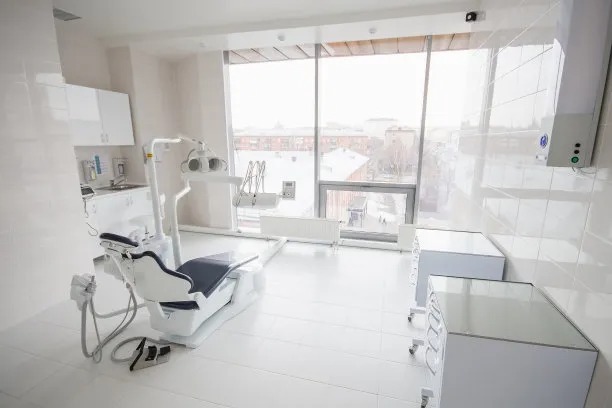The Essential Guide to Extract a Tooth Safely and Effectively for Optimal Oral Health Care
Summary: Extracting a tooth is a delicate procedure that requires careful planning and execution to ensure optimal oral health care. This article provides essential guidance on how to perform tooth extractions safely and effectively. We will explore four key areas: understanding when a tooth extraction is necessary, the process of preparing for the extraction, the techniques used during the procedure, and the post-extraction care required for healing. By following these guidelines, patients can ensure a smoother experience that minimizes pain and promotes recovery.
1. Recognizing When Tooth Extraction Is Necessary

Tooth extraction becomes necessary for various reasons, primarily due to severe decay, trauma, or periodontal disease. Understanding these underlying issues is crucial for maintaining oral health. When a tooth is beyond repair, continuing to keep it could lead to further complications such as infection or misalignment of neighboring teeth.
For instance, exceedingly decayed teeth may not respond to restorative treatments like fillings or crowns. In such cases, extraction becomes the best option to relieve pain and prevent the spread of decay. Consulting a dental professional for a thorough evaluation is essential to determine if extraction is the necessary route to take.
Similarly, trauma from accidents can lead to fractured teeth requiring extraction. If a tooth has been knocked out completely, the best course of action is to seek immediate dental care. Periodontal disease, especially in advanced stages, can weaken the support structures of teeth, often necessitating removal to maintain overall oral health.
2. Preparing for a Safe Tooth Extraction
Preparation is key to ensuring a safe tooth extraction. First and foremost, one must consult with a dental professional to discuss the extraction process, anesthesia options, and aftercare. This is also the time to report any existing medical conditions or medications that may affect the procedure.
For patients with anxiety concerning dental procedures, sedation options are available to ensure comfort. Knowing what to expect can significantly reduce stress, allowing for a smoother experience. Clear instructions will typically be given regarding dietary restrictions and whether to take prescribed medications before the extraction appointment.
Additionally, creating a recovery plan is vital. This may include arranging for transportation to and from the dental office, as some anesthesia methods may impair your ability to drive. Preparing a suitable environment at home with necessary supplies will aid in a quick recovery after the extraction.
3. Techniques Used During Tooth Extraction
The technique utilized during a tooth extraction depends on the tooths location and condition. A simple extraction often involves loosening the tooth in its socket and removing it, while a surgical extraction may be necessary for impacted teeth, such as wisdom teeth. Each method has specific steps to ensure safety and effectiveness.
During a simple extraction, the dentist will administer local anesthesia to numb the area. Once numbed, the dentist will use specialized instruments, such as an elevator and forceps, to gently rock the tooth back and forth, loosening it from the surrounding bone and gum tissue before removal.
Surgical extractions, on the other hand, require cutting through the gum tissue and possibly removing surrounding bone. This method is more complex and may take longer, often accompanied by a longer recovery time. Post-operative instructions are crucial to ensure proper healing and to minimize the risk of complications like dry socket.
4. Post-Extraction Care for Optimal Recovery
Post-extraction care is crucial for ensuring optimal healing and preventing complications. After the extraction, blood clots form at the site; preserving these clots is vital. Patients are advised to avoid spitting, sucking on straws, or engaging in strenuous activities that could dislodge the clot.
A diet rich in soft foods like yogurt, applesauce, and mashed potatoes is recommended for the initial days post-extraction. Staying hydrated but avoiding hot beverages can help manage pain and promote healing.
Monitoring for signs of infection, such as increased pain, swelling, or pus discharge, is also critical. If any unusual symptoms arise, contacting a dental professional promptly is essential. Follow-up appointments may be necessary depending on the complexity of the extraction and any complications that may arise during recovery.
Summary:
In conclusion, knowing how to extract a tooth safely and effectively is essential for optimal oral health. From recognizing when an extraction is necessary to understanding the preparation, techniques, and post-care necessary for healing, following these guidelines will lead to a satisfactory outcome. Dental care should always be approached with caution and professionalism to ensure a healthy mouth and a radiant smile.
This article is compiled by Vickong Dental and the content is for reference only


